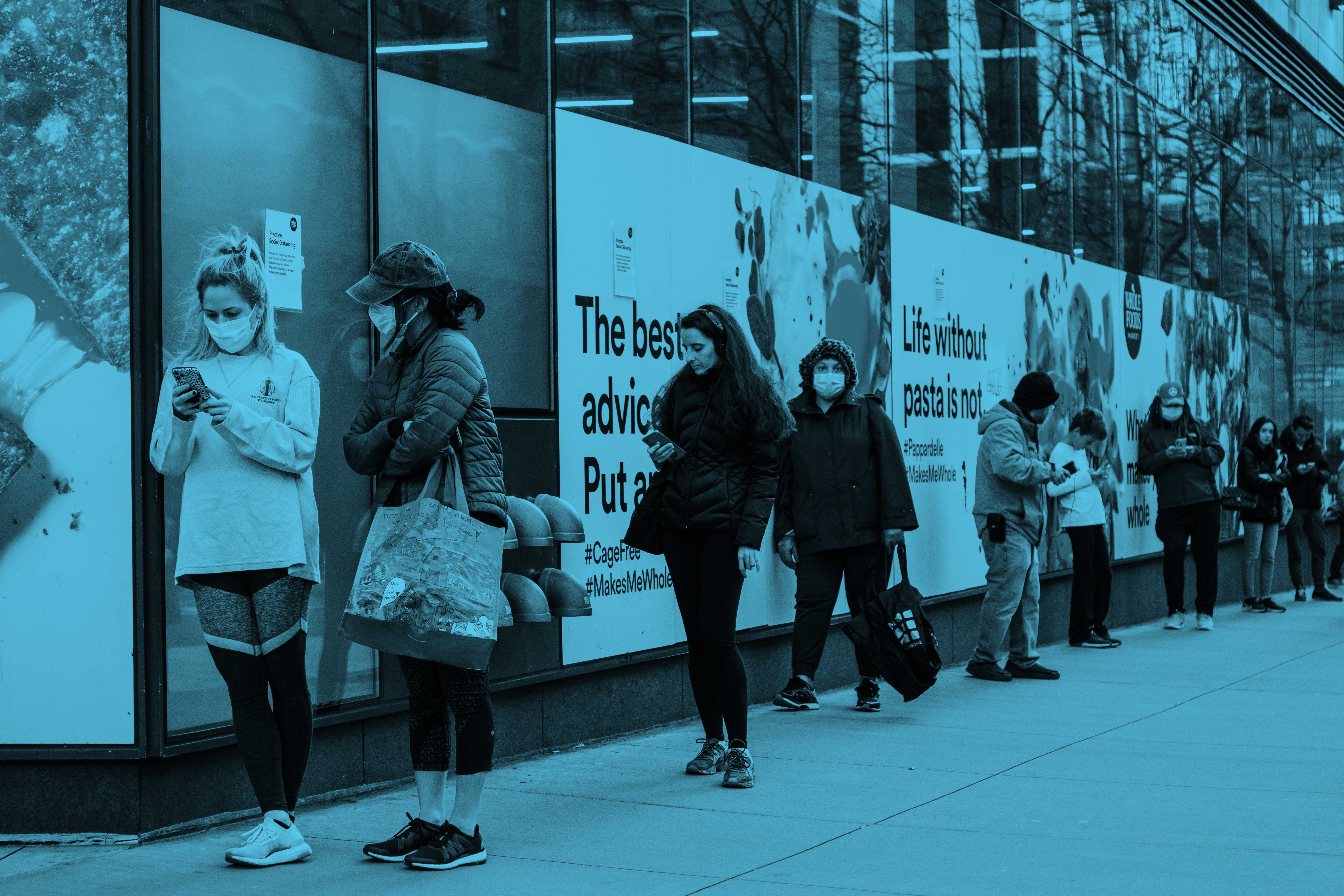
The restrictions around isolation are easing in all States and Territories, which is leaving organisations with a new challenge of how to do the right thing and prevent a new wave of COVID-19 spreading in the community.
As the recent meat workers case in Victoria has shown, COVID-19 can spread like wildfire in a workplace, leaving lasting effects on the business and its people. As isolation eases and some people return to work, lockdown fatigue may also lead to riskier behaviours, whilst for others this may result in risk aversion. The challenge for employers is getting the balance right, so employees feel safe at work and return home healthy, both mentally and physically.
Some may see the ‘flattening of the curve’ as a sign we’ve beaten coronavirus, which can re-energise hope or reinforce fear of a second wave pandemic, as was demonstrated with the Spanish flu in 1918 and other diseases since. Employee risk prevention and risk mitigation must be top of mind for employers as they navigate the unchartered waters of managing a recovering workforce during a pandemic.
Key to this must be, at a minimum, limiting the potential spread of COVID-19 among employees. If proper risk mitigation is not employed at this time, employers could not only be risking their valuable workforce, but also opening themselves up to potential legal action by employees and the Australian Government.
To keep employees safe and limit the spread of COVID-19, Safe Work Australia has recommended businesses ensure:
Mental health at this time is also at risk, as prolonged periods of isolation have led to despondency and depression. In order to successfully navigate this complex psychosocial scenario, organisations need to be aware of the needs of their employees and committed to optimising their experience in coming weeks in order to maintain productivity and prevent work related ill health, both physical and psychological.
To improve psychological health of employees, employers might consider:
If employers make the health and wellbeing the centre of their return to work operations, the benefits will become clear - those of a healthy, happy workforce, and more efficient business operations.

General enquires: 1300 851 080
Sales enquires: 1300 655 123
Website: sedgwickhealthsolutions.com.au
©2023 Sedgwick Health Solutions Pty Ltd. All Rights Reserved.